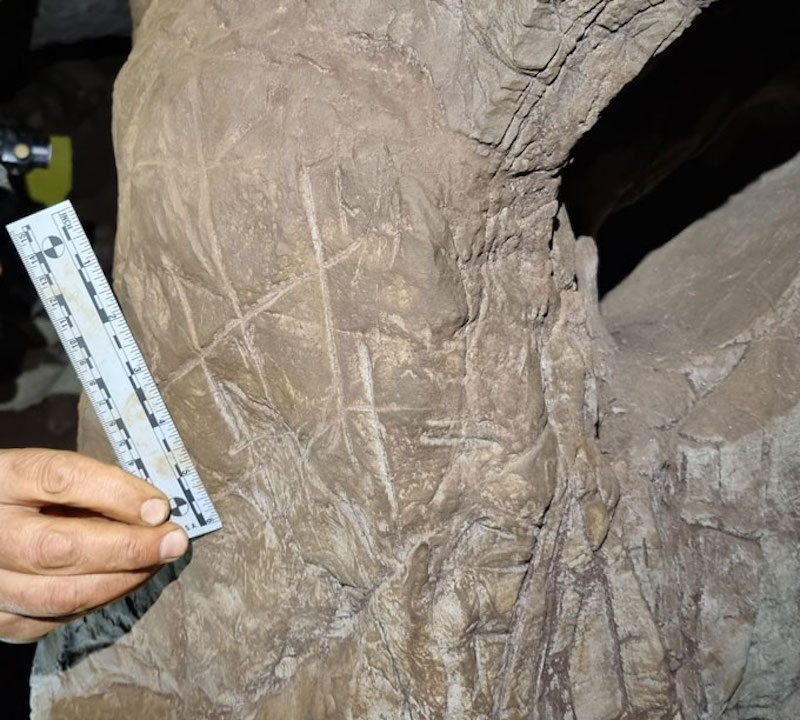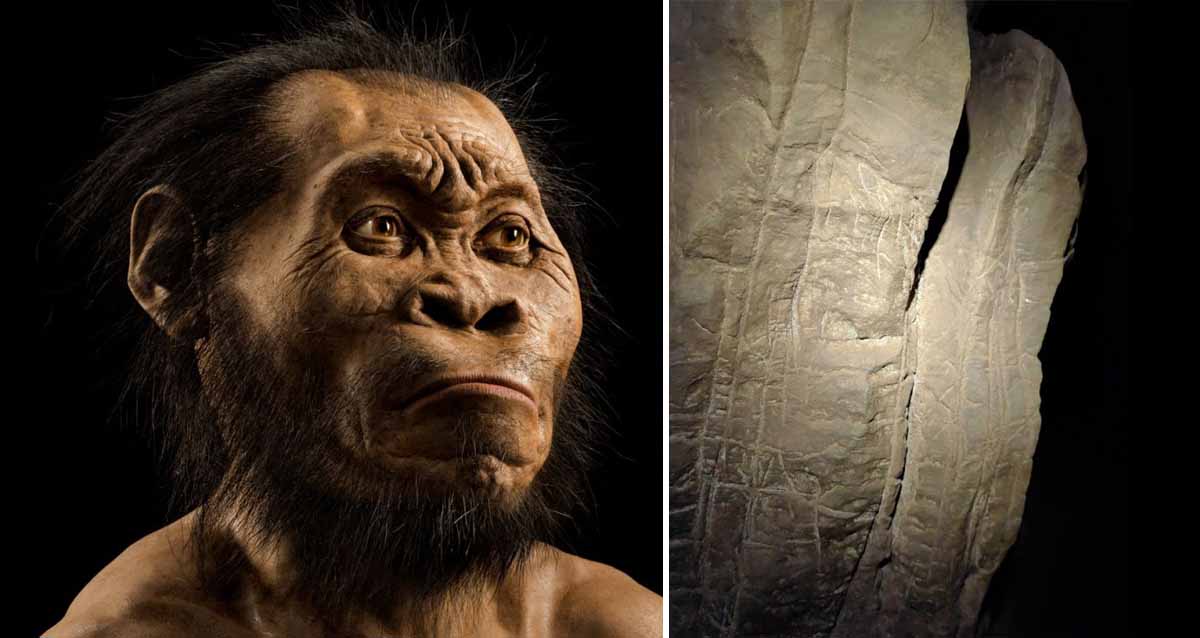A group of scientists, led by paleoanthropologist Lee Berger, have made a major archaeological discovery in South Africa.
Experts have found the oldest tombs from prehistoric times known to date. In addition, they commented that they predate "by at least 100,000 years the burials of Homo Sapiens."
"These are the oldest hominid burials on record, predating those of Homo sapiens by at least 100,000 years," the scientists said, adding that these discoveries "demonstrate that mortuary practices were not limited to Homo sapiens or other large-brained hominids.

The graves were found 30 meters away in the paleontological site called "Cradle of Humanity", a site that has been declared a world heritage site for its wide variety of caves and pre-human fossils.
The tombs contain bones of 'Homo naledi', distant cousins of man, with a brain the size of an orange, whose discovery by Lee Berger in 2013 had questioned some theories about evolution.
The oldest burials discovered so far, mostly in the Middle East and Kenya, date to around 100,000 B.C. and contain remains of Homo sapiens, the direct ancestor of man. However, graves found in South Africa date from -200,000 to -300,000 years ago.

As the excavations began in 2018, the team found geometric symbols such as lines, squares, and crosses drawn on the walls of the tombs.
"This would mean that not only are humans the only ones to have developed symbolic practices, but they may not even have invented such behavior," said the 57-year-old paleoanthropologist.
Researchers often associate mastery of fire, engraving, and painting with the large brain size of modern man.